Honeywell HL (Contempo) Series Review
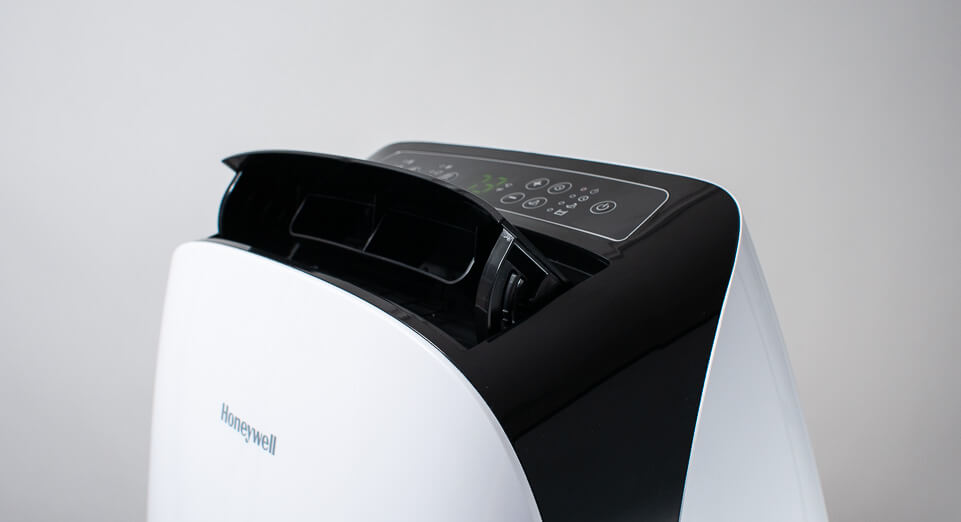
This review covers the entire Honeywell Contempo line of portable air conditioners.
That includes:
- Honeywell HL09CESWK
- Honeywell HL10CESWK
- Honeywell HL12CESWK
- Honeywell HL14CESWK
- Honeywell HL14CHESWK – adds heater to model above
Note that in addition to these five models there are several color variations that are not included in the list. For example, the Honeywell HL14CHESWW is simply the white version of the white and black Honeywell HL14CESWK.
Honeywell color codes are as follows:
WW = White
WK = White and blacK
WB = White and Blue
BB = Black
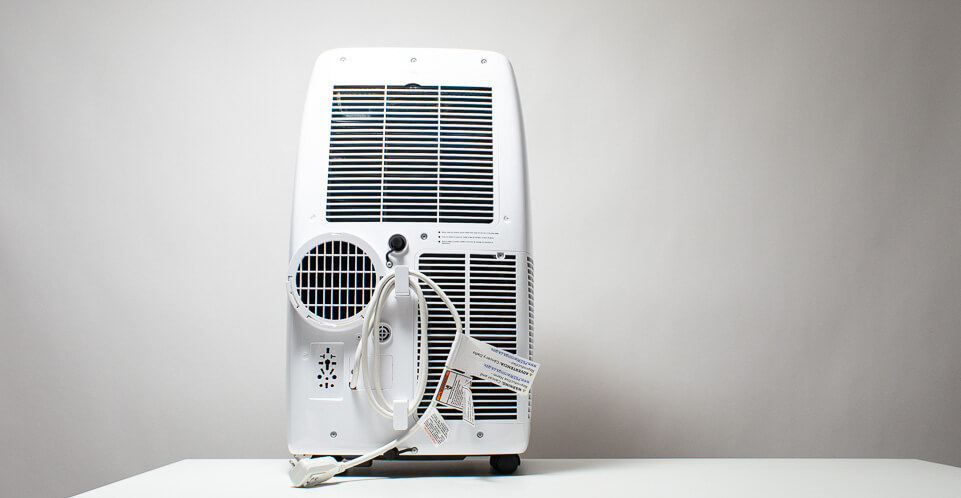
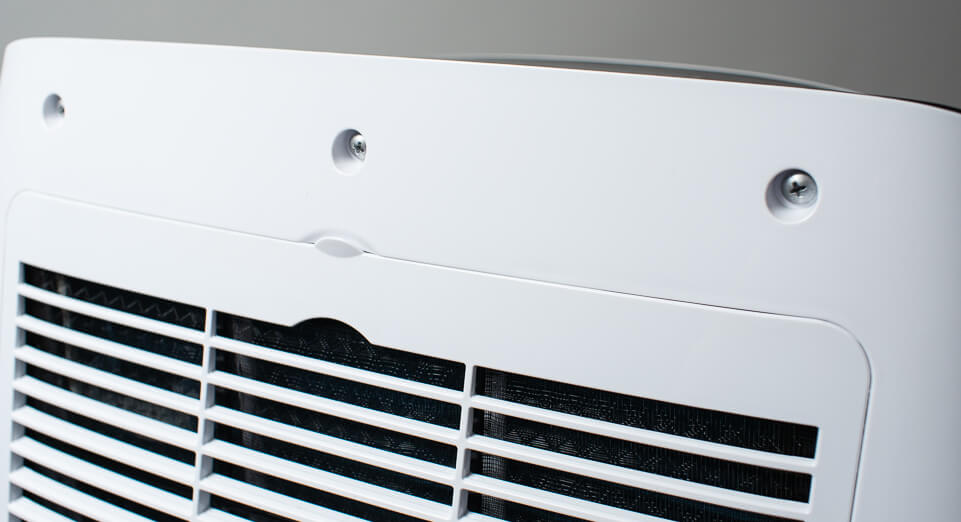
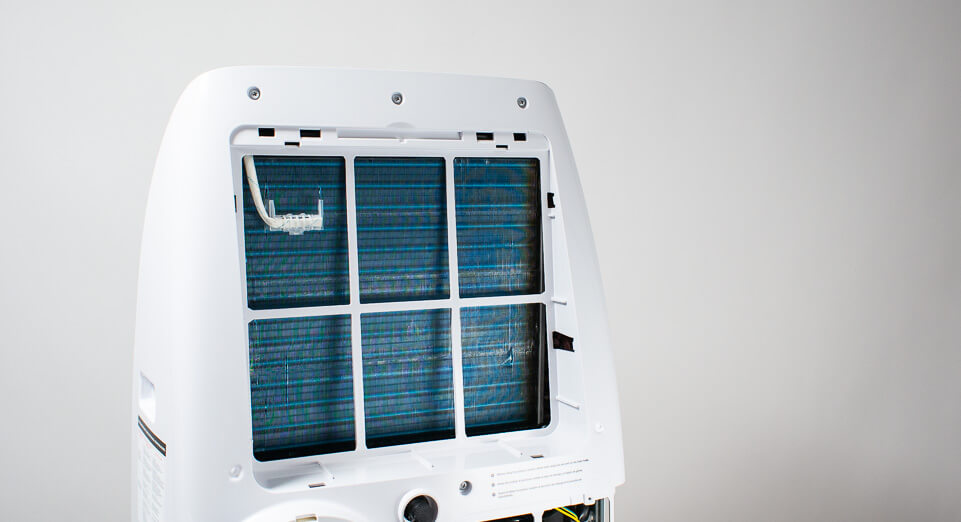
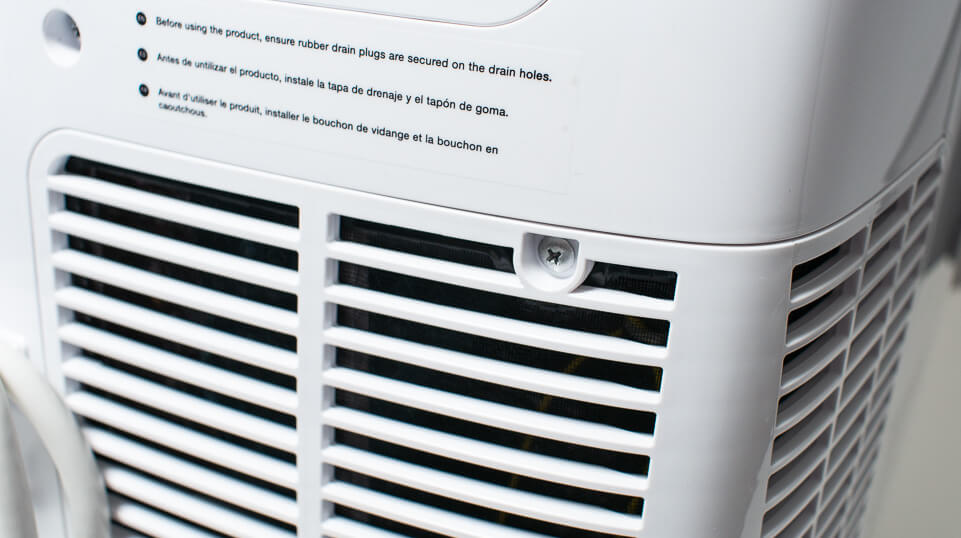
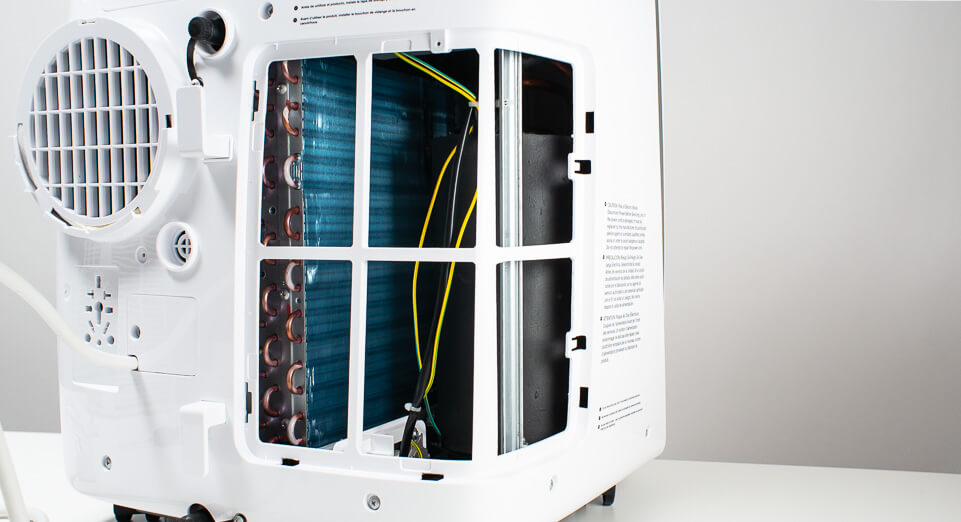
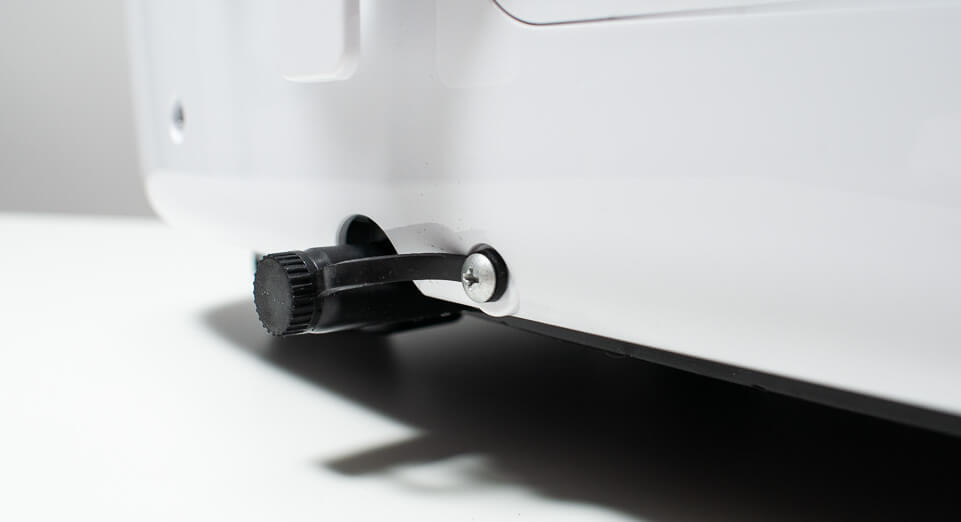
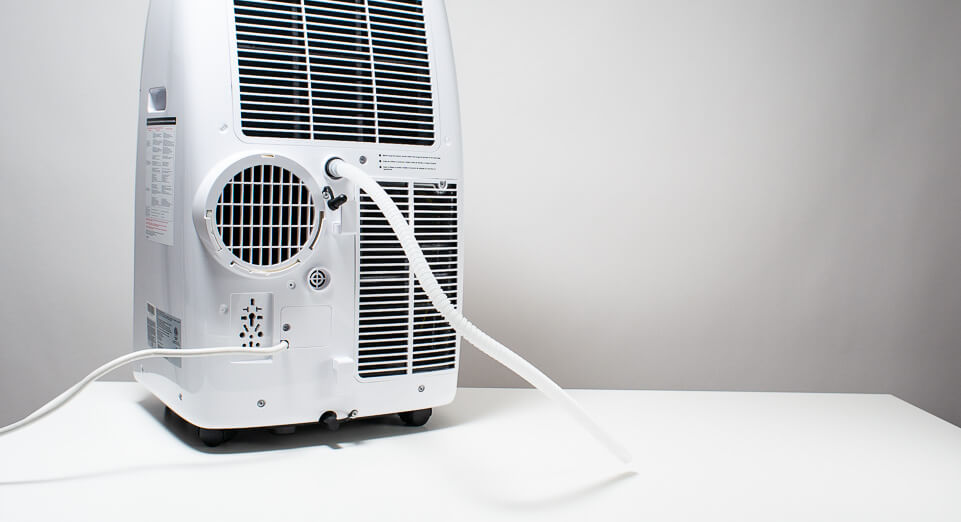
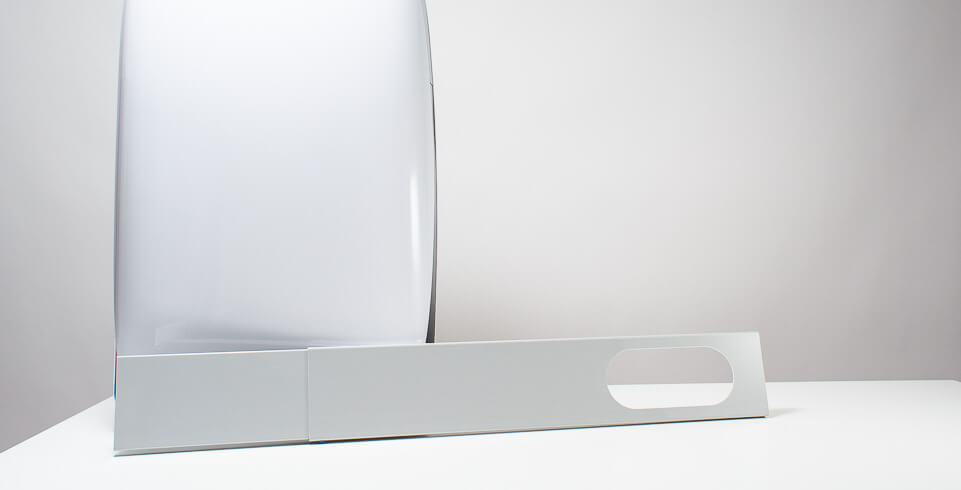
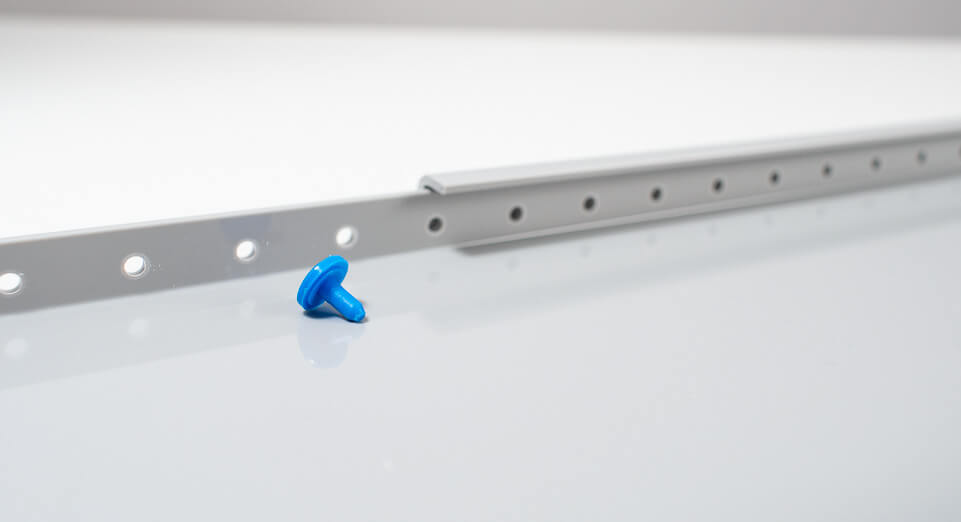
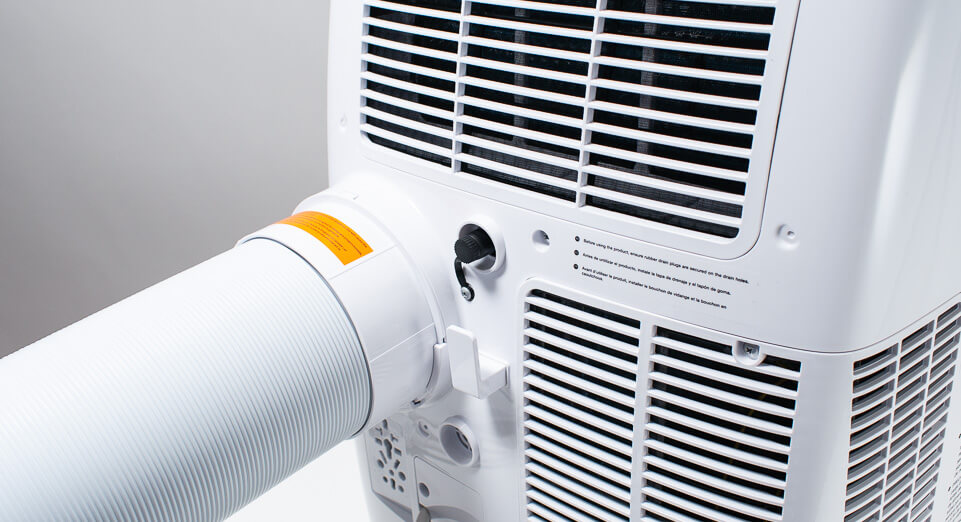
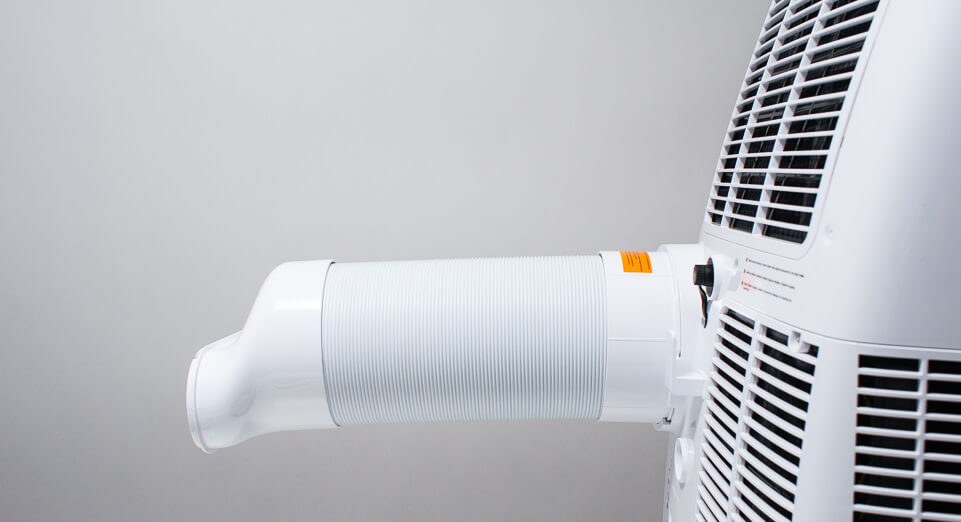
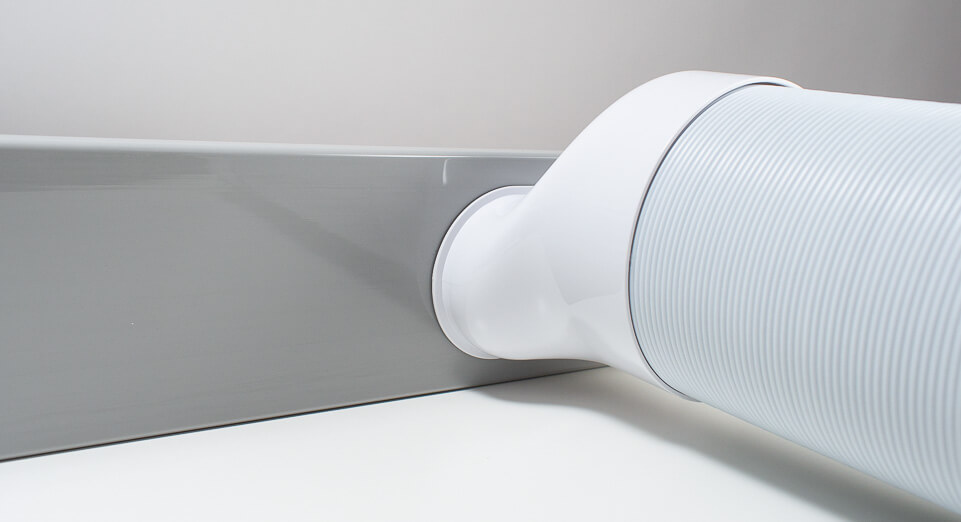
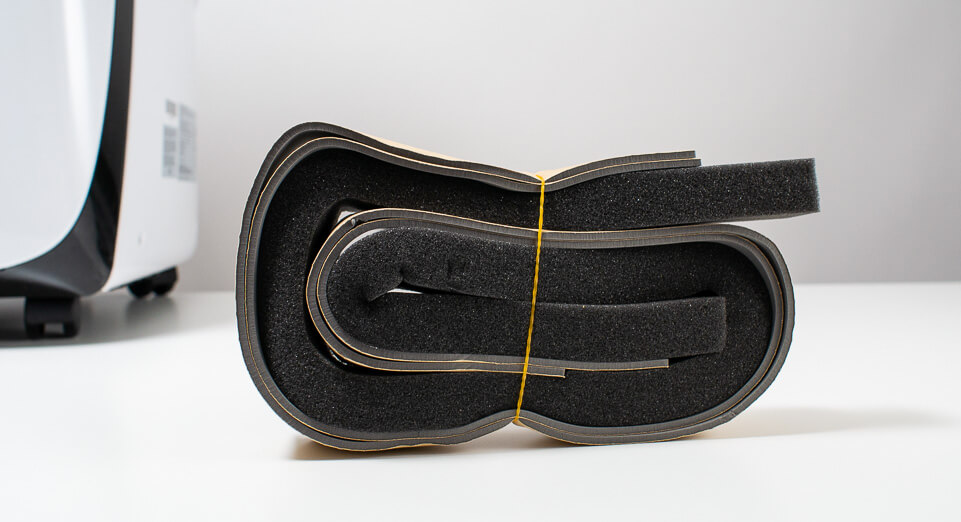
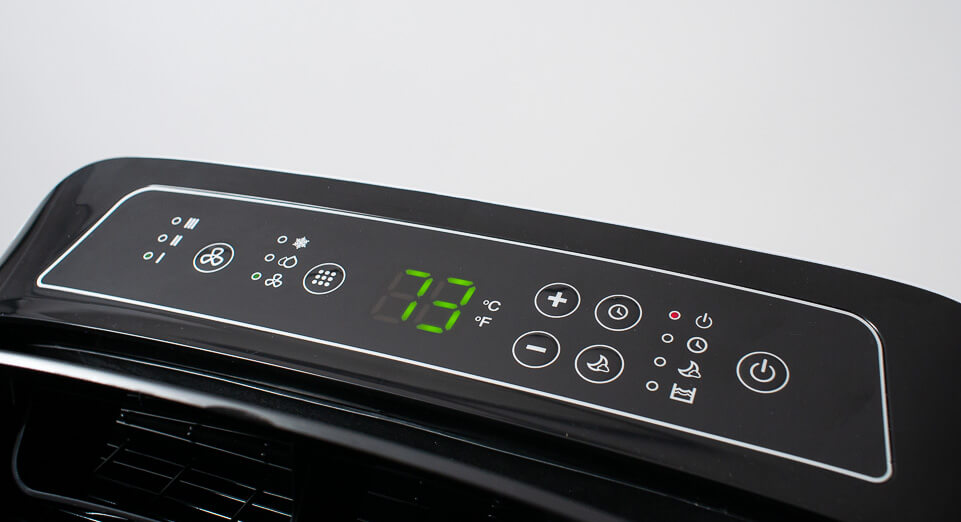
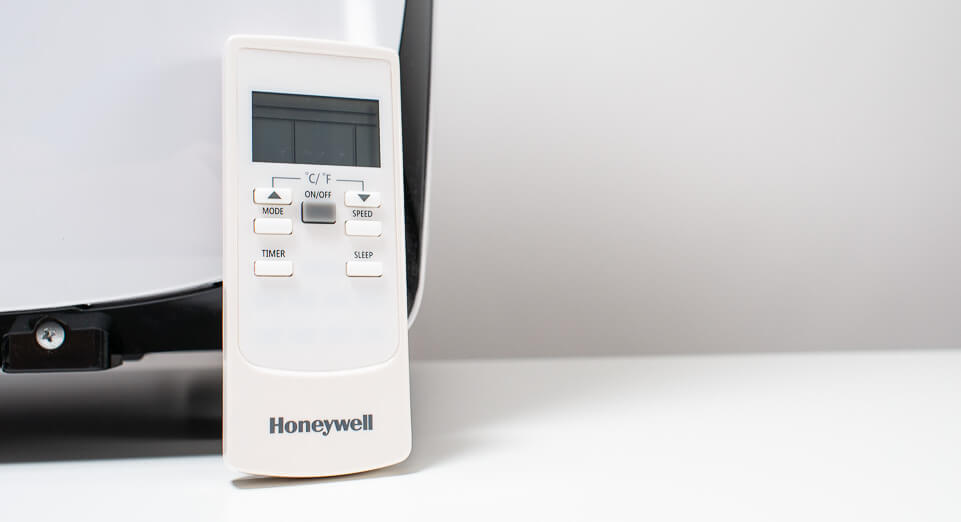
Window Kit
All HL series units come with the same window kit.
Window Kit Included Parts –
primary window bracket
extension
6x plastic pins (to secure the window bracket kit at a particular length)
Window Kit Adjustment –
adjust in 3/4" increments with included plastic pins (no cutting)
Window Kit Min Length –
26 5/8" - no extension,
36.5" with pin securing - with extension (no cutting) (spec = 26.6”)
Window Kit Max Length –
52 1/16" with pin securing (spec = 49.6”)
Weather Stripping included –
2x sponge adhesive seals
1x foam non-adhesive seal
Notes
The window kit for these Honeywell units does not allow for much flexibility for installation. Many other portable AC units (by other brands) come with at least two extensions. These Honeywell units only come with one. Furthermore, the length of the extension can only be adjusted in ¾” increments. Many other portable AC units have kits that don’t have to be extended in increments.
If you need to extend the kit for these Honeywell units outside of the ¾” increment requirement you’ll need to cut (with a hacksaw, for example) either the extension or the primary bracket for a clean fit. Then again, you can always use the included weather stripping to clean up any air gaps as well.
Speaking of included weather stripping, Honeywell HL units come with a minimal set – two compact sponge adhesive seals for use around the window frame and a single less dense foam seal for the larger gap between the moving part of the window and the static part of the window (once you install the window kit).
Most other portable AC units come with a more extensive kit – more weather stripping pieces. Although some models don’t come with any weather stripping at all – the NewAir NAC14KWH02, for example.
Hose Connectors
All HL series units use the same ducting
End Adapters – pre-installed
AC Side Hose Connection – slide adapter down until it locks into place
Window Kit Side Hose Connection – just press end adapter into hole in window bracket and it will lock into place – maybe easiest of models to do this with but not very air tight
Hose Min/Max – 16.5" to 61.75"
Notes
End adapters come pre-installed on HL series ducting. This is a positive for installation difficulty. It’s one less step you’ll need to do to complete installation.
It’s very easy to connect the unit’s ducting to the AC unit itself and to the window bracket.
The downside here is that the connection to the window bracket isn’t very air tight. We strongly advise that you use tape around the connection to improve the seal around it.
HL series units feature a fairly standard duct length. Five feet (60 inches) is the industry standard.
Control
All HL series models have the same control panel and accompanying feature set
Modes – cool, dry, fan
Set temp range - 60 to 90° F
Fan speeds - 3
Timer - 1 to 24 hrs in 1 hr increments
Control panel lights turn off - no
The three modes above – cool, dry, fan – is the industry standard for portable AC units. So is the set temp range, the number of fan speeds, and timer adjustability.
HL series units have control panel LEDs that cannot be turned off – again, an industry standard.
Condensate
Drainage options –
1. water collects inside unit and evaporates by itself
2. manually drain water via lower drain plug (into shallow pan) if internal storage is overrun (triggers AC to stop working)
3. continuously drain via upper OR lower drain plug using included drain hose
Scenario 1 - humidity is low and no draining necessary (1 above)
Scenario 2 - high humidity results in excess water condensation. The "water full" light turns on and the AC unit stops working. You need to manually drain via lower drain plug. (2 above)
Scenario 3 - high humidity but can use continuous draining (3 above) in cooling or dry modes but NOT heating mode
Drain hose included – yes, 29" hose included
Dry mode pints/day –
Honeywell HL10CESWK - 80
Honeywell HL12CESWK - 86
Honeywell HL14CESWK - 111
Moisture removal rate (pints of moisture removal per day) varies by model. The higher the BTUs, the greater the moisture removal rate.
Notes
Honeywell HL series units feature two drain plus – an upper plug and a lower plug. They also come with a drain hose. These two features make HL series units a great option if you want to use your portable AC unit as a dehumidifier on dry mode.
Most other portable AC units come equipped with a single drain (at the bottom of the unit) and do not come with an included drain hose.
Filters
Top filter (evaporator) - top filter secured with latches
Bottom filter (condenser) - bottom filter has to be unscrewed
Notes
As is true for most other portable AC units, HL series units have two filters – one for the evaporator and one for the condenser. These filters fit into grilles that are removed either via pulling on some latches or unscrewing a single screw using a Philips head screwdriver.
Most other portable AC units do not require you to unscrew anything to access any filter. The same isn’t true for HL series portable AC units. Their bottom filter cannot be accessed without using a screwdriver.
Pros and Cons
So far, we’ve seen one strong positive for HL series units and a few prominent negatives.
On the plus side, these units work great as dehumidifiers with two drain plugs and an included drain hose.
On the negative side, they lack the window installation flexibility of top rated models and don’t have toolless maintenance (you have to use a screwdriver to clean their filters).
In most other aspects (including portability and noise output), HL series units are comparable to units by other brands.
But what about the most important aspect of them all? Cooling.
Cooling Capacity
Two different standards exist for calculating cooling capacity.
The first is the traditional standard. It’s also the standard used for HL series model numbers.
- Honeywell HL09CESWK
- Honeywell HL10CESWK
- Honeywell HL12CESWK
- Honeywell HL14CESWK
- Honeywell HL14CHESWK
The HL09CESWK is a 9,000 BTU portable air conditioner. The HL10CESWK is a 10,000 BTU model, and so on and so forth.
The new standard is called seasonally adjusted cooling capacity.
It essentially takes the number calculated by the old standard and subtracts out two major portable AC unit inefficiencies:
- heat added by ducting
- heat added by infiltration air (for more detailed anlaysis see here)
This reduces the BTUs to a capacity that’s more indicative of the actual capacity you can expect in a real world scenario.
The HL14CESWK, a 14,000 BTU portable AC unit by the old standard, becomes an 8,500 BTU unit by the new standard. Over 5,000 BTUs are lost due to the two inefficiencies above.
In the past, it was difficult to compare models by different brands in the same BTU class. A 14,000 BTU unit was a 14,000 BTU unit.
Today, we can use SACC to see the true difference in cooling capacity between different models.
Both the Honeywell HL14CESWK and LG LP1419IVSM are “14,000 BTU” portable AC units. But the HL14CESWK has a SACC of only 8,500 BTUs while the LP1419IVSM has a SACC of 10,000 BTUs.
Clearly, the LG offers superior cooling capacity. It is, in fact, the most efficient “14,000 BTU” unit on the market and our recommendation in the category.

Important Note
This particular review was written several years ago. As such, certain models referenced in this review may no longer be available and/or the specific models we recommend may have changed. See our general portable AC buyer's guide for our latest recommendations.
Other categories
12,000 BTUs
The Honeywell HL12CESWK has a SACC of 6,500 BTUs. The top performer in the category is the Frigidaire FGPC1244T1 with a SACC of 7,200 BTUs. The Frigidaire is our recommendation in this size class.
10,000 BTUs
The Honeywell HL10CESWK has a SACC of 5,500 BTUs. The most efficient “10,000 BTU” model on the market is again an LG – either the LG LP1017WSR or LG LP1018WNR – with a SACC of 6,500 BTUs. Either one of these LGs is our recommendation in this size class.
8,000 to 9,000 BTUs
The Honeywell HL09CESWK is unique in that it doesn’t fall into the traditional 8,000 BTU size class. Do we compare it to 8,000 BTU models or 10,000 BTU models?
Well, it doesn’t matter. Because we cannot find the SACC rating for this unit.
The most efficient “8,000 BTU” models are again LGs – the LG LP0817WSR and LG LP0818WNR – with a SACC of 5,500 BTUs. They are, because of their superior cooling capacity, our recommendations in the category.
Energy Efficiency
Finally, it would be remiss of us not to talk about energy efficiency.
Fortunately, it’s quite simple to do so.
To calculate energy efficiency simply divide a unit’s SACC by its manufacturer specified power draw.
Since most models in the same traditional BTU size class have the same approximate power draw, models with a higher SACC tend to be more energy efficient.
For example, for the Honeywell HL14CESWB we have
SACC/power draw = 8,500/1200 = 7.08
For the LG LP1419IVSM we have
SACC/power draw = 10,000/1370 = 7.30
We see this same trend in other size classes.
All in all, Honeywell HL series units have slightly lower energy efficiency than top rated units because of their lower SACC in each respective size category.
Conclusion
Honeywell HL series portable air conditioners are generally not recommended.
Why?
Because they consistently have a lower SACC than the competition in each respective BTU size category.
The only circumstance under which we would consider recommending an HL series unit is if you plan on using your portable AC unit as a dehumidifier frequently. If this is the case for you, an HL series unit could be a viable option.
Add a Comment
Have a question or comment? Let us know below.

Comments (1)
I have a Honeywell HL14CESWB and so far have found it to be very effective at cooling a 2nd floor master bedroom/bath and WIC with a combined area of about 600 sf. The house was built in 2005 and had max insulation available at that time. I find the quality of the unit to be top notch, and like the upper and lower hose features. I just leave the drain tube hooked up to the upper drain and going into a small bucket. I do have it sitting on a drain pan in case at some point it would ever leak. Eventually I want to sit it up a bit higher and hook the lower drain into a condensate pump and the have that draining outside via a hole I will drill in the window panel. The one point I want to add that I never see mentioned is what a huge difference it makes to insulate the exhaust hose. I have mine covered with duct insulation that I got at Home Depot with an R6 rating, fiberglass inside and silver reflective foil wrapping. The hose went from being VERY hot and radiating that back into the room to being just above room temperature. I think I have gained at least 1K BTU of effective cooling by doing that. A lot of negative comments out there regarding portable AC units. However they fill an important niche. I got mine as my central AC is on its last legs and will not hold a charge. Even when it is working at max efficiency it has never done a great job of cooling the upstairs(builder grade AC). I, and I know others too, cannot afford 10 or 12K right now to replace my furnace and central AC so this was a good option for my sleeping area at a modest price. Add to that my entire home is a total of 1,500 SF so a lot less to cool. I have been so impressed with how this unit has worked I may get another and use in my 725sf open floor plan lower level and see how it gets me by. I forgot to add I live where our HOA does not allow window units. I live in SE MI so not a huge number of really hot days here. I am 61yo with some health issues and my main goal is to maintain a nice 72 degree overall temp with less where I sleep and the lowest possible humidity which I hate. So far I have found with my upstairs unit it just sucks humidity away and with the way it vents condensate I have not had a lot of water to drain away. Add to that I would rather run two of these units pretty much all the time vs cranking a 16yo central AC like crazy. I understand that central AC overall the best solution but with the sky high costs the HVAC industry charges for replacement the portable units have their place.